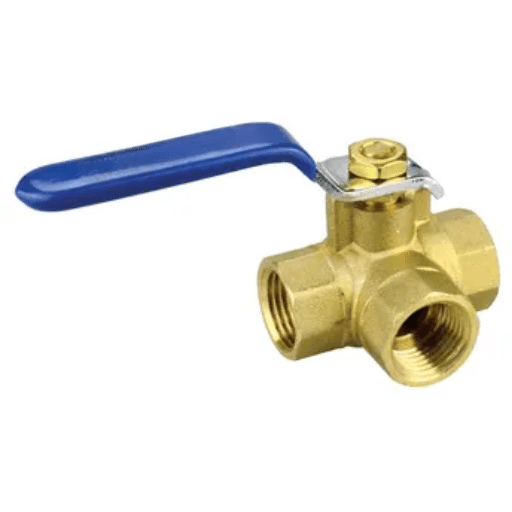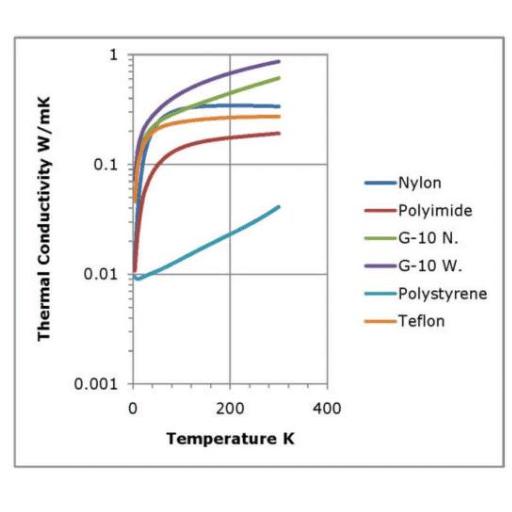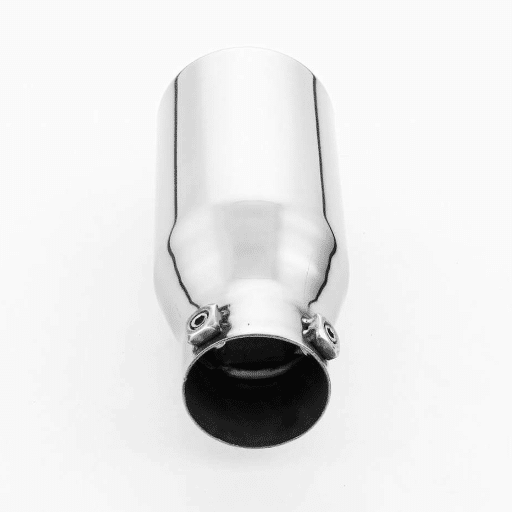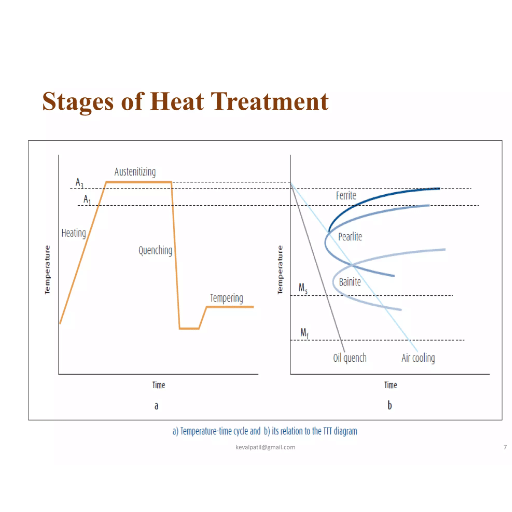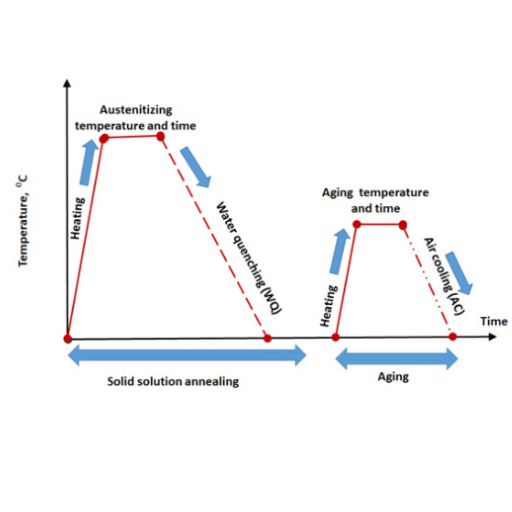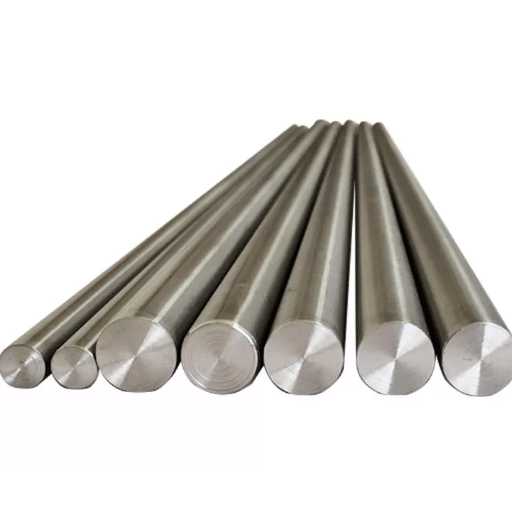Stainless steel is known for its life span, resistance to rust, and its ability to be used in different industries. But the principal heat treatment process called annealing sometimes comes out to be the determining factor in unlocking the full potential of stainless steel. Even if you are a beginner in metallurgy or a professional in a search of advances in your skills, recognizing the annealing process is a must for the gaining of the alloy’s great performance and its long-term usage.
The article will elucidate the science of annealing, its advantages, and the step-by-step method that results in the best output. Ultimately, you will have a solid understanding of how annealing operates to make stainless steel conform to your precise and fastidious requirements.
Understanding Annealing

What is Annealing?
Annealing is a significant heat treatment that usually changes the physical and sometimes the chemical properties of the material in such a way as to make it more ductile, and less hard, hence the material is more workable and can be used for various applications.
The Three Stages of Annealing:
- Heating: The material is heated to a specified temperature
- Holding: Maintaining the material at that temperature for a predetermined time
- Cooling: Gradually cooling it down to room temperature
Metals like steel, copper, and aluminum are the most common ones subjected to the process because, in the end, it has grain structure refinement, stress-relief, and improved overall material performance as its benefits.
Modern Annealing Innovations:
- Controlled Atmosphere Environments: Provide precision control over oxidation
- Rapid Thermal Annealing: Reduces processing times while maintaining consistency
- Energy Efficiency: New techniques minimize energy consumption
- Enhanced Precision: Advanced methods achieve more accurate material properties
Importance of Annealing in Metalworking
The process of annealing is of great importance in metalworking, as it has a very positive effect on the performance and the capability of the material to be worked.
Increased Ductility
Makes metals easier to shape and form during manufacturing processes without cracking or breaking.
Decreased Hardness
Reduces brittleness, allowing for more effective machining and forming operations.
Removal of Internal Stresses
Eliminates residual stresses from previous manufacturing processes, improving structural stability.
How Annealing Affects Stainless Steel
The annealing process is one of the most important factors influencing the properties and performance of stainless steel, and thus it is an essential step in stainless steel processing.
| Property | Before Annealing | After Annealing | Benefit |
|---|---|---|---|
| Brittleness | High | Reduced | Easier handling during shaping and forming |
| Internal Stresses | Present from cold work | Eliminated | Prevents warping or cracking |
| Crystalline Structure | Irregular | Restored/Uniform | Higher corrosion resistance |
| Mechanical Properties | Variable | Improved | Better structural balance and wear resistance |
Industries Benefiting from Annealing:
- Construction: Structural frameworks and building materials
- Automotive: High-performance components and systems
- Manufacturing: Precision parts and assemblies
The Annealing Process for Stainless Steel
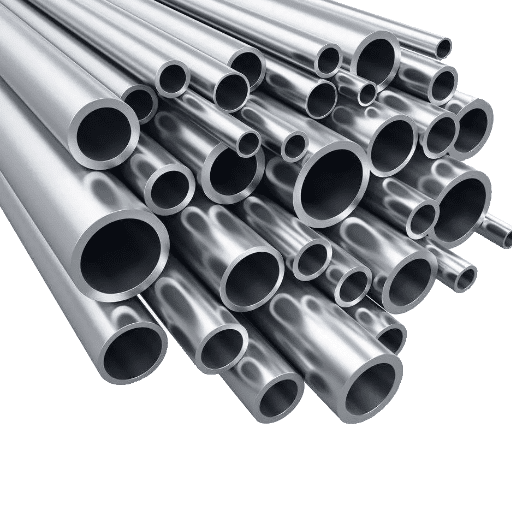
Annealing is one of the important heat treatment processes in the making of stainless steel which increases its ductility, strength, and corrosion resistance. The method involves heating the stainless steel to a certain temperature and afterwards cooling it down at controlled rate, which causes the internal arrangement of the metal to be altered.
Key Benefits of the Annealing Process:
- Removes mechanical stresses from previous manufacturing processes
- Results in excellent mechanical properties
- Creates uniform grain structure
- Essential for reliability and durability
- Prolongs product lifespan
- Reduces maintenance expenses
Steps Involved in the Annealing Process
Step 1: Heating
The gradual heating of the material is done up to a certain temperature that is strictly monitored depending on the composition of the material being processed.
- Temperature Range for Stainless Steel: 1,900°F to 2,100°F (1,038°C to 1,149°C)
- Purpose: Makes the internal structure of the material more uniform
- Process: Gradual and controlled heating to prevent thermal shock
Step 2: Holding (Soaking)
Now that the material is at the required temperature, it will be maintained at that temperature for an extended period of time.
- Purpose: Ensures heat is distributed well throughout the material
- Effect: Makes molecular-level changes easier
- Result: Improved ductility and toughness of the material
Step 3: Cooling
Once the soaking time is over, the material is cooled at a controlled rate depending on the wanted properties.
- Methods: Air cooling, water quenching, or other specialized techniques
- For Stainless Steel: Quenching is mostly used
- Purpose: Captures designated microstructure and prevents unwanted hardness development
Heat Treatment Parameters
There are many critical factors when discussing heat treatment parameters that could potentially affect material properties.
1. Temperature
The control of temperature should be very accurate and also take into account the nature of the material to be treated. For stainless steel, for instance, the microstructure needed is achieved through austenitizing at high temperatures.
2. Soaking Time
Soaking time is the time that the material is kept in the heated state. Sufficient soaking time will ensure that the heating is uniform throughout and that the transformation of the material will be as per design.
3. Cooling Rate
The way and the rate of cooling of a material characteristically determine its hardness, toughness and ductility. It is the intended mechanical properties that are the basis for choosing between quenching, air cooling, or oil cooling.
4. Atmosphere Control
Oxidation or decarburization can be avoided with the help of the atmosphere during heat treatment. Vacuum environments or inert gases like argon are common practices that help in keeping the material’s integrity intact.
Cooling Methods: Quenching vs. Slow Cooling
The method chosen for cooling, whether quenching or slow cooling, plays a pivotal role in determining the microstructure and properties of a material.
| Cooling Method | Process | Best For | Advantages | Considerations |
|---|---|---|---|---|
| Quenching | Rapid cooling using water, oil, or air | High strength and hardness applications | Forms martensite, increases hardness | Can introduce residual stresses, risk of deformation or cracking |
| Slow Cooling | Controlled temperature reduction in furnace | Ductility, toughness, dimensional stability | Alleviates internal stresses, uniform microstructure transformation | Longer processing time, requires controlled environment |
| Hybrid Approach | Combination of rapid quenching and controlled slow cooling | Optimal balance of properties | Maximum combination of hardness and ductility | Requires precise control and monitoring |
Industry Trends:
Manufacturers are increasingly using hybrid cooling techniques, mixing rapid quenching with controlled slow cooling in tailored cycles. Modern algorithms and AI-based processes help select appropriate cooling strategies based on material composition and desired application, leading to reduced energy costs and defect rates.
Benefits of Annealing Stainless Steel
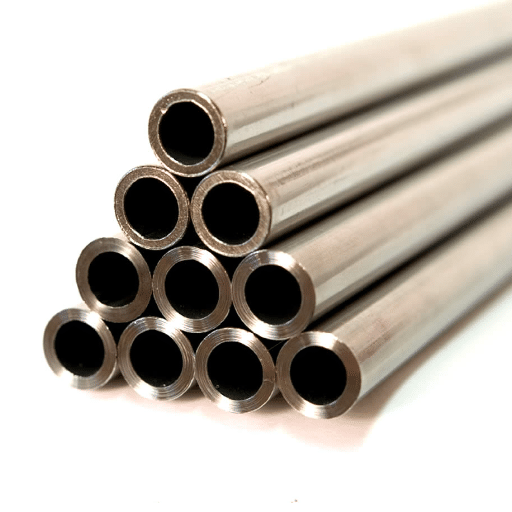
The process of annealing stainless steel encompasses several essential benefits, thereby making it an indispensable process in present-day manufacturing.
Improving Ductility and Toughness
Several modern methods are used to enhance the ductility and toughness of materials, with steel being the predominant one. Heat treatment is still regarded as the primary method that involves heating and cooling materials in a controlled manner so as to improve their internal structure.
Methods for Enhancing Ductility and Toughness:
- Controlled Cooling Rates: Quenching and tempering result in significantly higher toughness and ductility
- Alloying: Elements such as nickel, chromium, or manganese contribute to ductility and toughness
- AI Development: Predictive models help optimize microstructure faster
- Real-Time Monitoring: Allows adjustment of parameters during production
Reducing Residual Stresses
Residual stresses exist within a material and are internal stresses that remain even when no external force is applied. Such stresses can spoil the mechanical performance and durability of steel products and cause warping, cracking or even failure of the product over time.
Techniques to Minimize Residual Stresses:
- Heat Treatment: Annealing or stress-relief annealing allows metal to relax and redistribute internal forces
- Mechanical Methods: Shot peening or surface rolling impose favorable compressive stresses
- Finite Element Analysis (FEA): Simulates stress patterns more accurately
- AI-Based Modeling: Provides tailored solutions during production
- Predictive Analysis: Real-time integration of production line data
Enhancing Corrosion Resistance
Corrosion resistance enhancement is a field where advanced analytics and real-time insights can help manufacturers stay at the forefront of innovation.
Advanced Corrosion Resistance Strategies:
- Find the best protective coatings and treatments through advanced analytics
- Use predictive data models focusing on environmental conditions
- Analyze material properties and exposure patterns
- Provide customized solutions that increase lifespan
- Reduce maintenance costs significantly
- Ensure durability and reliability over time
Challenges in Annealing Stainless Steel
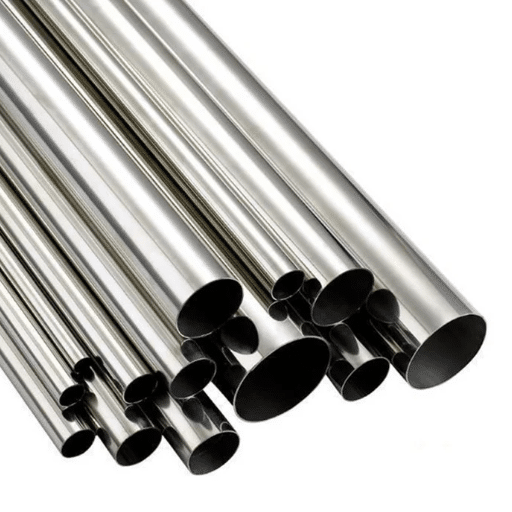
Challenges in Annealing Stainless Steel
Annealing of stainless steel is an important process that makes it less brittle, and more ductile, and also removes internal stresses. But the procedure also has its problems.
Potential Issues During the Annealing Process
⚠️ Common Challenges:
1. Uneven Heating
Might cause the steel to have different properties in different areas. Particularly problematic when heat distribution in the furnace is not uniform, giving rise to regions that are either undercooked or overcooked.
2. Oxidation
Happens when steel is heated in atmospheric conditions with high oxygen content, leading to scale formation on the surface that reduces attractiveness and weakens mechanical properties.
Solution: Control the atmosphere in the furnace by filling it with inert gases.
3. Incorrect Cooling Rates
Can cause residual stresses in the material or undesirable microstructure changes, weakening long-term durability.
4. Carbide Precipitation
Some stainless steel grades can develop carbide precipitation along grain boundaries, leading to decreased corrosion resistance.
Modern Solutions:
Cutting-edge predictive tools and real-time monitoring systems, which draw from the latest developments in data analytics and technology, are of great help in overcoming these challenges, thus guaranteeing that the annealing process is efficient and trustworthy.
How to Avoid Over-Hardening
Over-hardening is a phenomenon that generally takes place when the basic material is subject to temperatures that are too high or the heating times are too long, thereby resulting in unwanted changes in its microstructure.
Prevention Strategies:
- Meticulous Parameter Control: Regulate temperature, heating duration, and cooling rates precisely
- Real-Time Monitoring Systems: Track process parameters continuously
- Predictive Analytics: Optimize parameters for consistency
- Appropriate Cooling Method: Choose air, water, or oil based on specific material
- Regular Equipment Calibration: Ensure accurate temperature control
- Industry Standards Compliance: Follow established guidelines
Managing Distortion During Cooling
Cooling distortion is a usual issue in heat treatment that is mostly due to uneven thermal gradients, material properties, or even poor quenching techniques.
| Strategy | Method | Benefit |
|---|---|---|
| Controlled Cooling | Gas quenching or interrupted quenching | Helps manage stress on material, prevents distortion |
| Material Selection | Use alloys with lower tendency of warping | Minimizes distortion risk |
| Simulation Tools | Modeling software to predict deformation | Allows precise adjustments to final shape |
| Regular Maintenance | Periodic equipment inspection and calibration | Ensures consistent results |
Applications of Annealed Stainless Steel
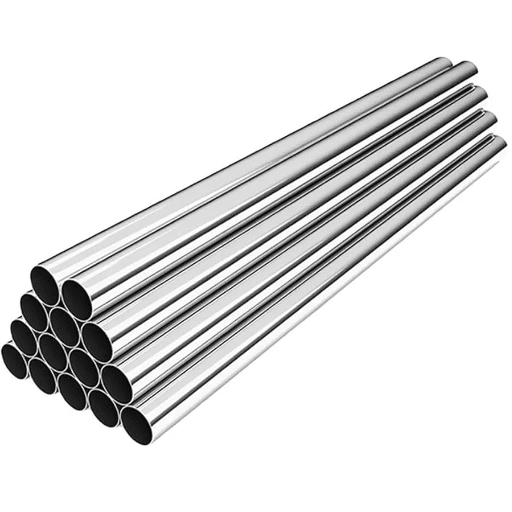
Applications of Annealed Stainless Steel
The application of annealed stainless steel worldwide is due to its increased ductility, very good corrosion resistance, and better machinability.
Industries That Benefit from Annealed Stainless Steel
| Industry | Applications | Key Requirements | Stainless Steel Grades |
|---|---|---|---|
| Medical | Surgical instruments, implants, hospital equipment | Durability, sterilization compatibility, biocompatibility | 316L, 317L |
| Automotive | Exhaust systems, fuel tanks, fuel lines, structural components | Strength, high-temperature resistance, precision | 409, 441 |
| Aerospace | Jet engines, structural parts, fastening devices | Reliability under extreme conditions | Various high-performance grades |
| Food & Beverage | Storage tanks, processing equipment, utensils, conveyor systems | Non-reactive, easy-to-clean, hygienic | 304, 316 |
| Construction | Structural frameworks, cladding, railing | Shiny appearance, strong structure | Various grades |
| Energy | Pipelines, heat exchangers, solar panels, wind turbines | Durability in harsh environments | High-performance grades |
Common Products Made from Annealed Stainless Steel
Typical Applications:
- Pipes and Tubing: For chemical and energy industries requiring pressure resistance
- Industrial Tanks: Storage of volatile or corrosive substances
- Household Appliances: Cookware, cutlery, kitchen tools (easy-to-clean, rust-resistant)
- Architectural Items: Cladding, railing, decorative details (shiny appearance, strong structure)
- Automotive Parts: Exhaust systems, fasteners, structural frames
- Aerospace Components: High thermal and mechanical property requirements
Case Studies: Successful Applications
1. Medical Equipment Manufacturing
Application: Surgical instruments and medical device manufacturing
Grades Used: 316L and 317L stainless steel
Products: Surgical scalpels, forceps, orthopedic implants
Result: Research shows annealing eliminates wear by 30% in highly corrosive environments, such as inside the human body.
2. Aerospace Structural Components
Application: Frames and engine parts in aircraft structures
Performance: Materials remain reliable at temperatures exceeding 1,500°F
Result: Statistics show a 40% increase in component lifespan compared to other materials in similar conditions.
3. Food Processing Equipment
Application: Food processing and storage equipment
Grades Used: Food-safe stainless steel grades 304 and 316
Benefits: Surface analysis shows annealed stainless steel reduces microbial contamination and provides clean-resistant surfaces
Result: A 2020 report showed food-grade stainless steel equipment under constant high-sanitization protocols had an operational lifespan 50% longer than average equipment.
4. Automotive Exhaust Systems
Application: Manufacturing of exhaust systems
Grades Used: Stainless steel grades 409 and 441
Purpose: Counteract corrosive nature of hot exhaust gases
Result: Material investigations show automotive exhaust systems achieve 20% higher efficiency and have less emission leakage compared to conventional metals.
5. Renewable Energy Infrastructure
Application: Solar thermal panels and wind turbine components
Benefits: Long life and adaptability with harsh environmental conditions
Result: A 2018 case study showed maintenance costs for turbine components made from annealed stainless steel were reduced by 35% over five years of continuous operation.
References
-
Stanford University: High-Temperature Characteristics of Stainless Steel – A detailed document discussing the properties of stainless steel, including annealing.
-
Harvard ADS: Electrochemically Induced Annealing of Stainless Steel – A study on the effects of electrochemical annealing on stainless steel.
-
PubMed Central: Effect of Annealing Temperature on Mechanical Properties – Research on how different annealing temperatures affect the mechanical properties of stainless steel.
Frequently Asked Questions (FAQ)
What is the annealing process for stainless steel?
The annealing of stainless steel comprises a series of steps that take the metal up to the prescribed heat treatment temperature for a specified time and then cool it down slowly. It is this process that causes the internal stresses to be relieved, ductility improved, and the material’s structure enhanced, thus making it more convenient to handle in general, especially in the case when such operations as bending or welding are involved.
How does annealing affect the hardness of stainless steel?
The change of hardness in the case of stainless steel is mostly attributed to the annealing process, which enables the softening of the material. This technique works especially well with austenitic stainless steel, which possesses pronounced ductility. The alteration of the internal structure, due to heating and then cooling, results in a hardness value being lower than that of the steel prior to the annealing process.
Can low carbon stainless steel be annealed?
Absolutely, low carbon stainless steel can go through the annealing process. In fact, low carbon alloys, for instance, SS 304 with lowered carbon content, are very often selected for these kinds of treatments. The rationale for this is that the minimal amount of carbon effectively reduces the probability of carbide precipitation during the cooling phase and thus allows for the conservation of both the chemical properties and the mechanical strength of the steel.
What is the difference between annealing and quenching?
Annealing and quenching are different heat treatment methods. The former includes heating the steel and letting it cool slowly which results in relieving the stresses and softening the material, while quenching entails rapid cooling of the metal, usually with water or oil, which results in hardening of the metal. Thus, quenching is often applied to hardenable stainless steels and annealing is intended to create a softer and more workable material.
What are the benefits of annealing stainless steel?
Among other benefits, annealing stainless steel leads to the improvement of ductility, reduction of hardness, better machinability and the internal stresses being relieved. All these factors are of paramount importance in the case of welding and forming of the material into desired shapes, for instance tubes or intricate components.
Is it necessary to anneal stainless steel after welding?
Welding does not necessarily require annealing; however, if done, it will positively affect the weld joint’s overall quality. Stress relief resulting from annealing can be beneficial in cracking or warping prevention in low carbon stainless steel applications that might be caused during and after the welding process.
What temperature is typically used for annealing stainless steel?
The temperature for the annealing of stainless steel is typically chosen within the range of 1000°F to 2000°F (540°C to 1095°C) depending on the grade and properties desired. A typical temperature for the annealing of austenitic stainless steels, like SS 304, is about 1900°F (1040°C) followed by a controlled cool down in a manner that the desired microstructure will be obtained.
How does the carbon content influence the annealing process?
The carbon content of stainless steel is a crucial factor that dictates the annealing process. To illustrate, a higher carbon content may result in a harder metal, making it more difficult to get the desired softening by annealing. In contrast, low-carbon stainless steels are generally easier to anneal since they do not form carbides that might affect the properties of the material negatively.

